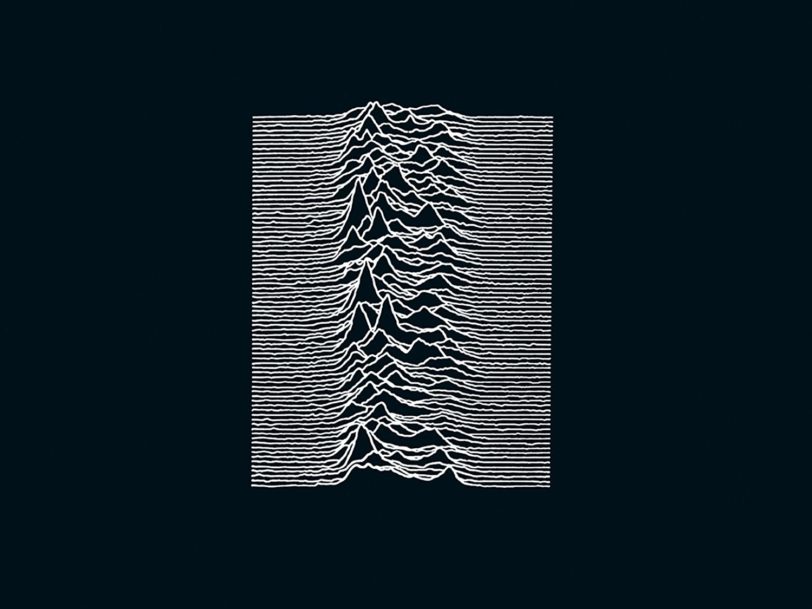Arguably the most important band to emerge from the late 70s post-punk maelstrom, Joy Division recorded just two official albums, Unknown Pleasures and Closer, and a trio of classic singles before their story abruptly ended with vocalist Ian Curtis’ tragic suicide in May 1980. At the time of Curtis’ death, the singular Mancunian quartet were on the very cusp of the international success they would later attain when they regrouped as New Order. Yet, while it’s hard not to speculate what Joy Division might have achieved had their charismatic vocalist lived, they had already gifted us a spectacular body of work, as the best Joy Division songs attest.
Listen to the best of Joy Division or check out 20 best Joy Division songs, below.
20: Glass
Recorded at their first studio session with producer Martin Hannett, Glass revealed that Joy Division had already jettisoned the punk-by-numbers thrashing of their self-released debut EP, An Ideal For Living, and were crafting some of the starkest and most mesmeric rock music of their era. Coupled with the more accessible Digital, the song appeared on Factory Records’ first-ever release, the various artists A Factory Sample EP, in January 1979. The strength of the two tracks bagged Joy Division their first NME front cover, but their new music’s inherent power surprised the band more than anyone. Drummer Stephen Morris confessed in his memoir, Record Play Pause, “I thought [the music] sounded fantastic in a way I never thought it could. It sounded like the sort of record I would buy!”




